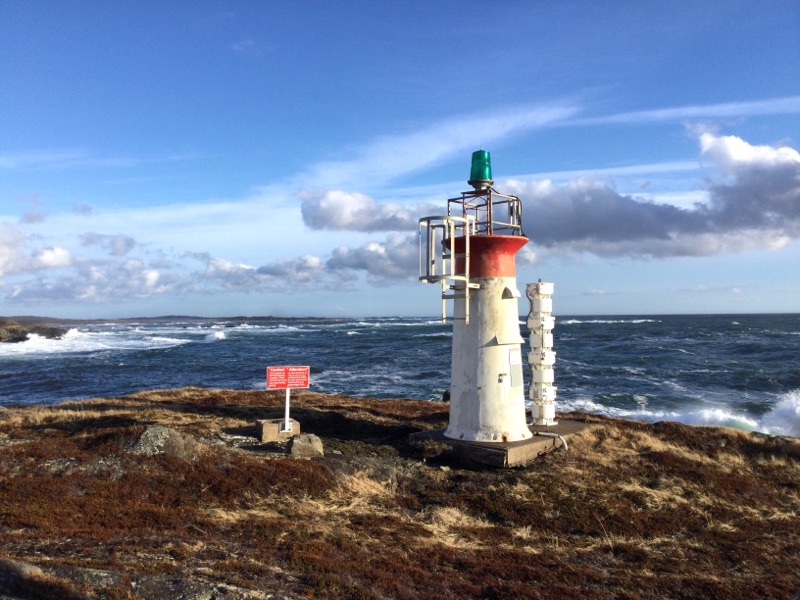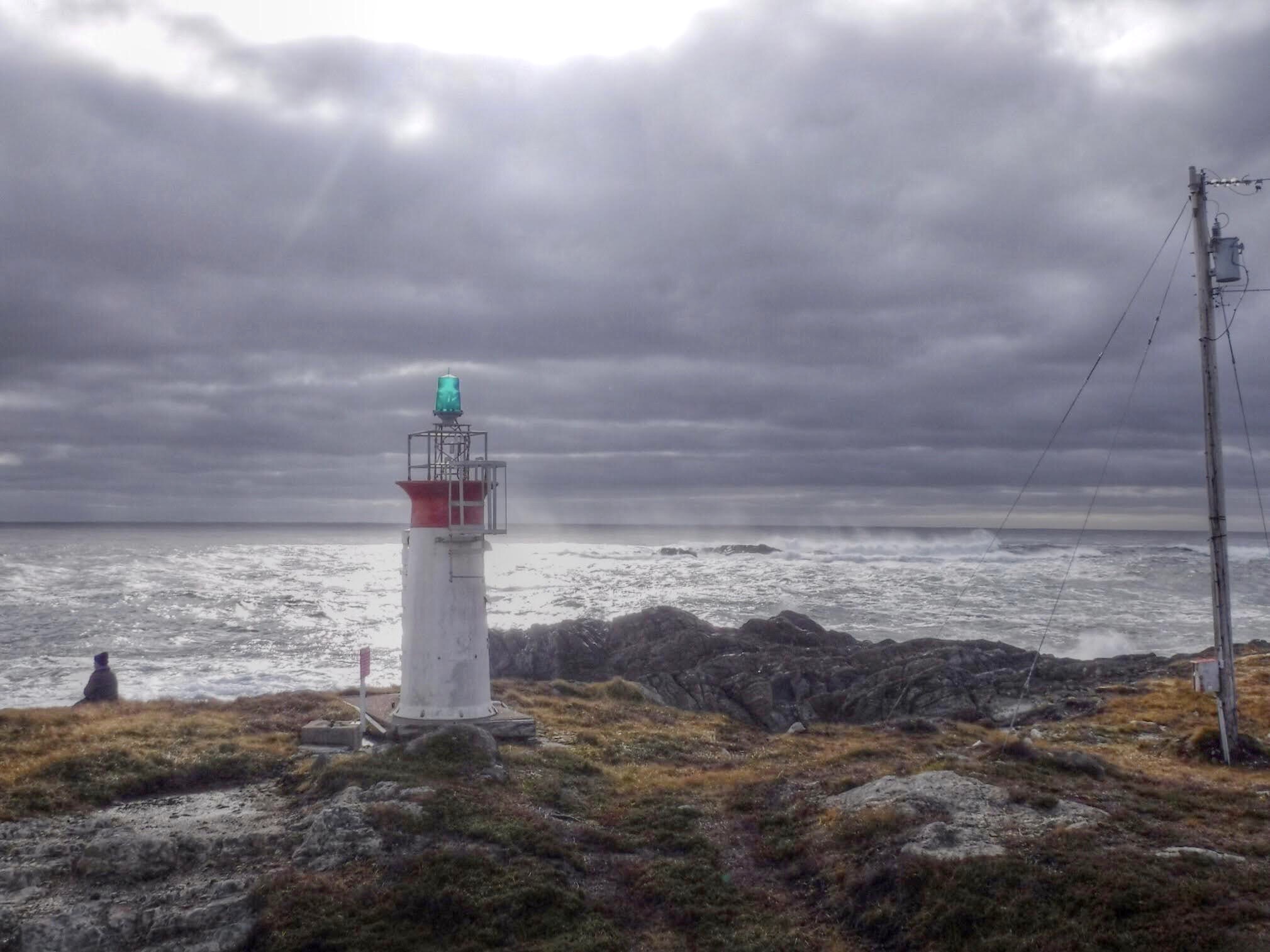Mayahuel, often seen as the goddess of pulque, is often depicted emerging from a maguey plant with a cup of pulque in her hand. Some sources name Tepoztécatl, one of her sons, as the god of pulque. El Tepozteco, a pyramidic temple on a hill in Tepoztlán, is dedicated to him. is an archaeological site named after the deity. The site was a sacred place for pilgrims from as far as Chiapas and Guatemala, and is now a popular tourist attraction. According to Aztec myth, Tepoztēcatl was one of the Centzon Tōtōchtin, the four hundred children of Mayahuel and Patecatl, the god that discovered the fermentation process. As a deity of pulque, Tepoztēcatl was associated with fertility cults and also with the wind, hence deriving an alternative name of Ehecacone, son of the wind.
MexicoDaily News.com reports that "In pre-Hispanic times, pulque had many functions. It provided nutrition, was used in religious ceremonies, as medicine and in special events, like weddings and feasts honoring warriors. It was also given to the priests performing human sacrifices and also to the victims. But it began to fall out of favor with the arrival of the Spanish.
Although they did not ban it outright, the Spanish did their best to discourage its consumption, seeing it as unclean and something that was corrupting indigenous populations. The biggest threat came in the late 19th century when German brewers arrived in Mexico and a campaign was begun to promote beer and denigrate pulque."
Through the Mexican War of Independence and the Mexican Revolution, waged against the government of Porfirio Díaz by revolutionaries like Emiliano Zapata who hailed from this State of Morelos, pulque remained an important and valued beverage. (Zapata's agrarian movement lives on to this day through the Zapatistas, in Chiapas, for example). But pulque was more than just a drink: it was medicine, culture, and a significant moneymaker. The introduction of railways sped the perishable drink from the producing haciendas in the hills into the valley of Mexico City and other cities, where there was growing demand. Toward the end of the 19th century, pulque was the main alcoholic drink and maguey production occupied an outsize role in Mexican agriculture. However, following the revolution, President Porfirio Díaz courted foreign investment - including from breweries, which ended up pitting pulque against beer for drinkers’ pesos.
Through Naomi Tomky at SeriousEats.com we learn: “Pulque,” says Mexico City–based food and travel writer Arturo Torres Landa, “like many things in Mexico, is a story of resistance.” When beer came to Mexico, an aggressive marketing campaign, assisted by government efforts to increase local demand for beer, sought to repeat the colonial-era framing of pulque as dirty and low-class, the stuff of a rural backwater. “It was seen as primitive and rustic,” Torres explains, which made it easier for rumors to be spread - generally assumed to originate from beer companies - that pulque was unhygienic and possibly fermented with feces. But the drink persisted, much as it had through the destruction of a great civilization and the crush of a colonial power.
Today, like the dream of the 1890s, pulque's resurgence serves as an example of how everything old can be new again: at bars like Las Duelistas in Mexico City, three-day drunks bob their heads at the bar while young hipsters share pitchers. Garrido bought the 106-year-old bar 12 years ago out of his love for pulque. He’d been working in pulquerias since the ‘70s, and he heard business at Las Duelistas was bad and it would close. So he bought it. “How could I not?” he asked. The pulque-drinking crowd seems like a jumble of people of all ages, but Torres says there’s a generation missing—the one that lies between the young people and hipsters who have fueled the drink’s revival and the older folks “who grew up drinking it like it was water.”....
For the curious tourists, the hipster locals, the older men alone at the bar with an oversized, chipped stein, each glass of pulque is a little bit of Mexico. It helps visitors feel close to the location, helps the long-timers remember earlier days, and helps the youth feel connected to the past. The pulquerias all across Mexico City, both new and old, bring what was once the drink of gods and emperors, then of the rural poor, to the urban masses, one sip at a time."
Because of the limited transportation and the limited area where the maguey (also known as agave) grows, the drink stays pretty local to Mexico City and surrounding Mexico and Morelos States, and the nearby states of Tlaxcala, Puebla, and Hidalgo. The fresher the pulque, the better, cleaner, smoother and more refreshing the flavour.

I have been sampling the local pulque, freshly prepared poured by Don Alejandro at El Buen Pulque, opposite the main church in Tepoztlán. He calls the drink Pulque del Abuelo, as it was his grandfather planted and grew the maguey and made pulque from it in the Tepoztlán area two generations ago. Don Alex's brew tastes good - complex, creamy, slightly fruity, fizzy, and tangy; it picks up the essence of the Mexican dry tierra and hot sun. Pulque is said to have curative properties and high nutritional value, containing minerals, amino-acids, proteins, enzymes and vitamins as well as probiotic potential. Thanks to the high presence of lattobacilli to regenerate gut flora, it is considered particularly effective in the treatment of gastric and duodenal ulcers and the management of cholesterol, and thus helps to treat cardiovascular problems. It is highly diuretic and the enzymes it contains are very effective in invigorating a slow metabolism. A Mixtec Oaxaca Slow Food Presidium speaker claims "Pulque represents a symbol of identity for Mixtec communities that we have managed to preserve in the course of time. We have fought to ensure that this beverage does not disappear from family diets, despite the invasion of junk and industrial food."
Salud. Here's to Mayahuel, Quetzalcoatl, and Tepoztécatl,
Y Viva la Revolución!



